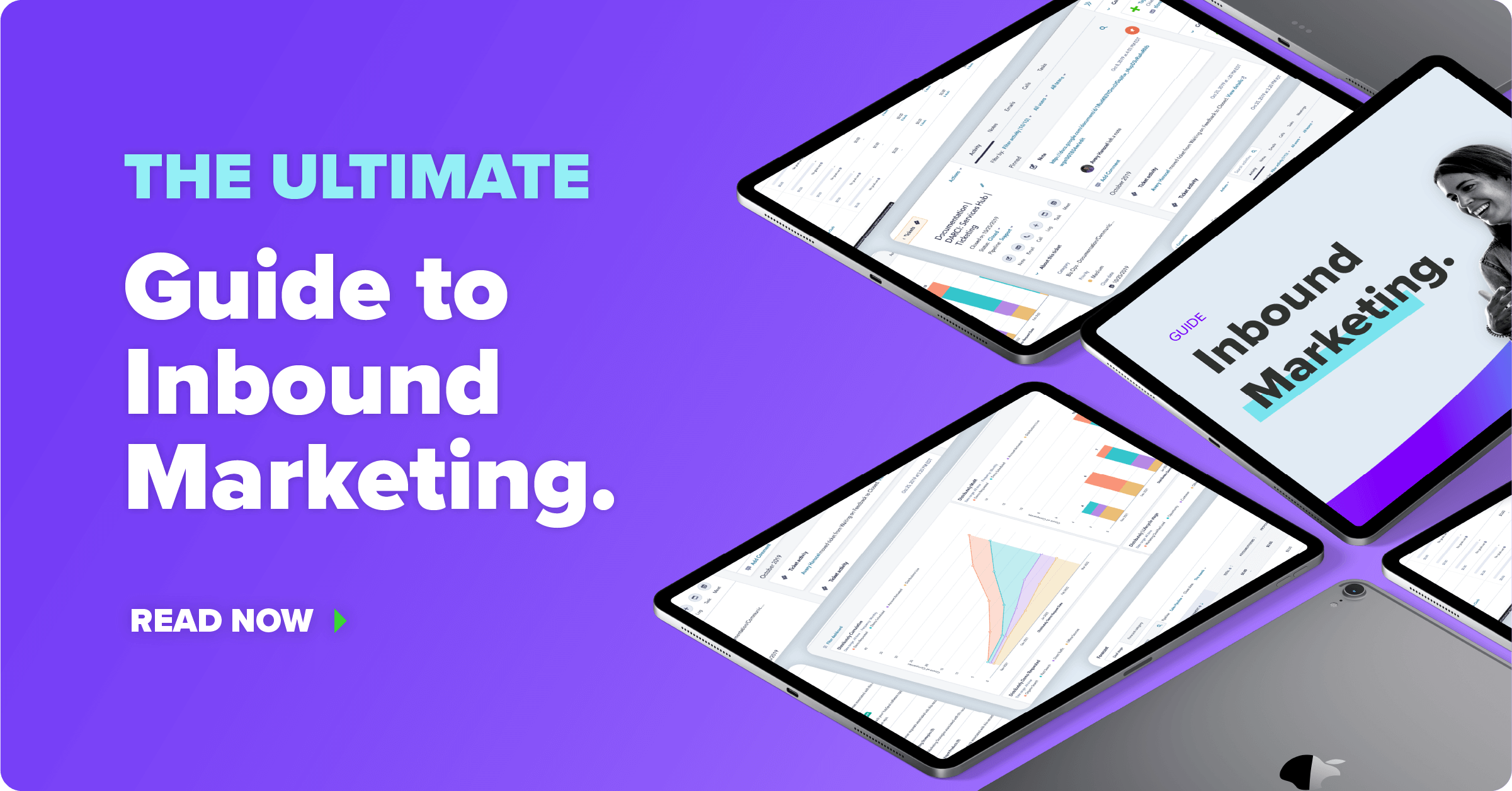What is Lead Generation?
The buyer’s journey has taken a major shift over the last 10 to 20 years. The truth is, buyers don’t want to be taught about your product or service by a phone call or surprise email anymore, they want to research and educate themselves to make their own decision.
This doesn’t mean that you should passively wait for them to contact you. Being at the right place at the right time with the right message when they decide to make the decision to buy, is what inbound lead generation is all about.
What is Lead Generation?
In its simplest form, lead generation is the process of gaining potential prospects’ contact information. Those contacts become leads in your system and are nurtured through the marketing and sales process toward converting into customers.
But not all leads are good leads.
There are different variations of lead generation strategies. Some of the more traditional or outbound methods include using purchased contact lists or trade show attendee lists. Typically a sales rep would call each of the leads and try to get them to buy your product or book a meeting.
The problem with these methods is that you are reaching out to people who don’t know who you are and aren’t ready to hear from you. It doesn’t mean they aren’t a good fit for your company, but they aren’t ready to talk to you and they may not be open to hearing what you have to say.
This can be detrimental to your brand and only leads to poor results, unhappy sales teams and flat out annoyed customers.
Inbound Lead Generation
Your lead generation strategy should be all about quality over quantity.
Inbound lead generation is all about nurturing your visitors through trust and education and letting them come to you organically, rather than reaching out to them to sell your offering. Empowering your buyer to choose you on their own terms and their own time will start that relationship off on the right foot.
The biggest difference between inbound lead generation and other lead generation methods is timing. The inbound method is all about meeting your buyer where they are in their journey or even waiting until they reach out to you first.
The first time you speak with a prospect sets the tone for the entire relationship. The more natural and two-sided that conversation is, the better the outcome will be for everyone involved.
How to Use Inbound Lead Generation
The inbound marketing methodology is set up in three stages: attract, engage and delight.
Lead generation falls into the first and second stage of the inbound methodology. Inbound lead generation uses top-of-the-funnel, middle-of-the-funnel and bottom-of-the-funnel content offers to attract and engage your prospects.
The key to creating content that your prospects will actually find valuable and want to engage with? Having well defined and accurate buyer personas.
Your buyer personas will guide your content strategy to ensure you are speaking to the pain points and needs of the people who are the best fit for your product or service.
Here is the most ideal and common way for an inbound lead to convert:
- You write a blog post about a pain point that your ideal buyers have.
- A prospect searches for a phrase or term related to that post and lands on and reads your article.
- At the bottom of the article is a call-to-action (CTA) leading them to a greater piece of content that would serve them next in their education or research process.
- They click the CTA which takes them to a landing page where they fill out a short form to download the content you have offered them.
This isn’t the only way inbound leads can convert, but it is the most common and is something that should happen consistently over time with great content.
There are really only a handful of ways that someone can give you their information online. It could be a form on a landing page, a pop-up form anywhere on your site or a chatbot.
When creating your CTA’s consider the value added versus the value asked. In other words, be sure you have provided the visitor with enough content and information that it feels natural to ask for their information in return or they won’t convert.
The Takeaway
Both your customers and your company’s employees have a better experience when you use an inbound lead generation process. Inbound lead generation builds real relationships with your prospects over time, while outbound lead generation methods are based on trying to get quick results.
Inbound methods may take more time and effort, but they will be accompanied by better fit leads and higher conversion rates.
Weslee Clyde
Weslee Clyde is an inbound marketing strategist at New Breed. She is focused on generating results using inbound methods and is driven by the customer experience. When not at the office, you can find her binging a docu-series on true crime or perfecting her gluten-free baking skills.





